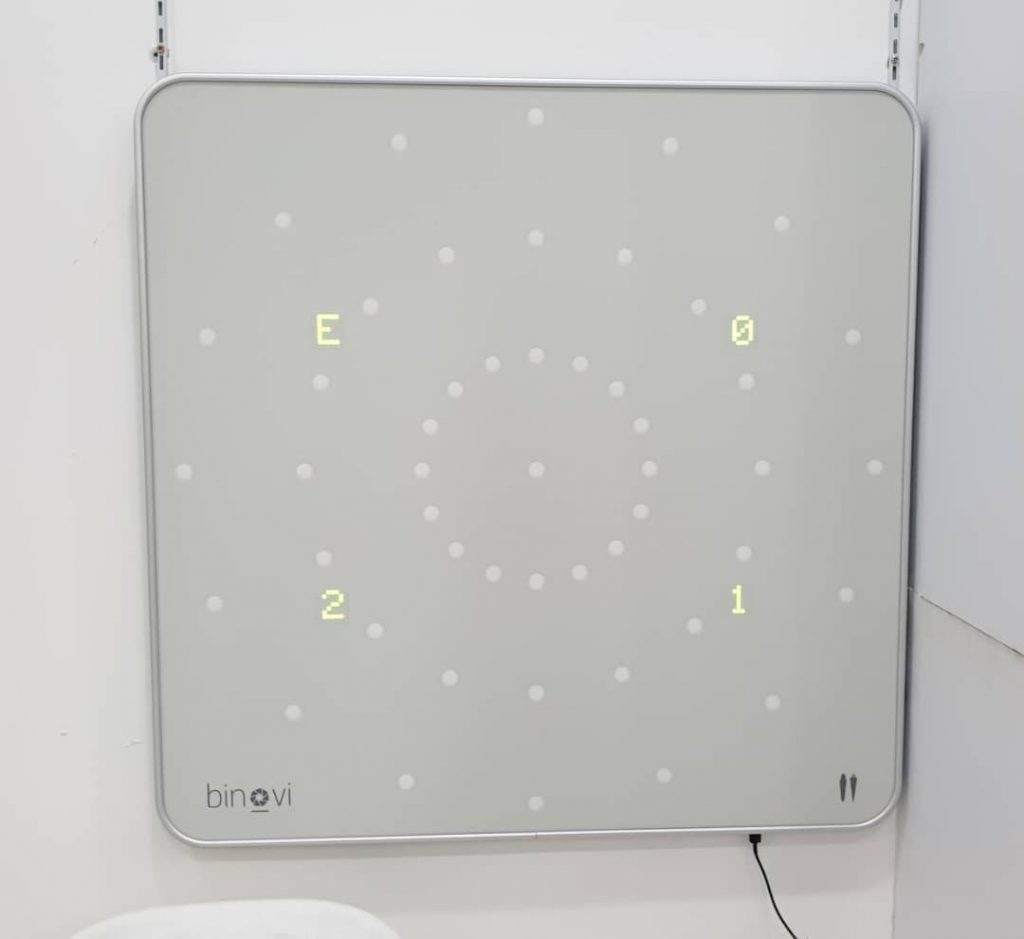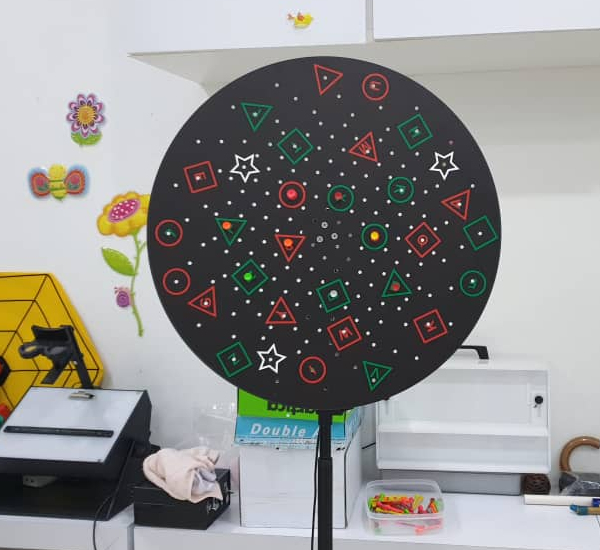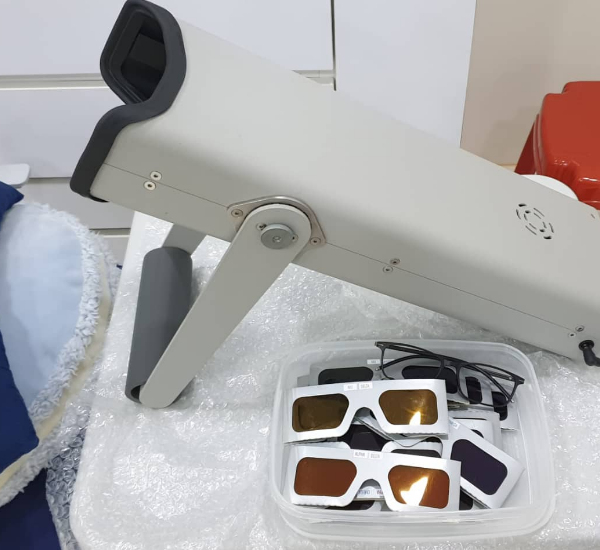Vision Therapy (VT)
Vision Therapy (VT)
Vision therapy (VT) is a structured program designed to improve visual skills like eye movement control and eye-body coordination. It acts like physical therapy for the eyes and brain, offering a non-surgical solution for issues such as lazy eye, crossed eyes, convergence insufficiency, and some reading or learning difficulties. Many people who were previously told their vision problems couldn’t be treated have benefited from VT. This therapy is usually supervised by a Behavioral Optometrist and carried out both at home and in-office.
How Vision Therapy Helps ?
Behavioral Vision Therapy helps with focus, attention, and eye coordination. It is especially beneficial for children struggling with reading or school performance. Some vision problems, like difficulty shifting focus or tracking text while reading, can impact learning. Addressing these issues may improve reading ability and concentration.
Vision Therapy and Learning Disabilities
VT for Learning and Visual Skills Vision problems can sometimes contribute to learning difficulties. VT can help develop key visual skills, such as:
- Peripheral vision
- Color perception
- Hand-eye coordination
- Fine and gross motor skills
- Visual processing
Common VT tools and exercises include:
- Brock String
- Marsden balls
- Rotation trainers
- Balance boards
- Saccadic fixators
- Prism lenses
- Computer-based exercises
Common Vision Problems Treated with VT
- Amblyopia (Lazy Eye) – Poor vision development in one eye that cannot be corrected with glasses alone.
- Strabismus (Eye Misalignment) – VT can help correct certain types of eye misalignment, especially post-surgery.
- Binocular Vision Problems – Issues with eye coordination leading to strain and fatigue.
- Eye Movement Disorders – Difficulty in tracking text while reading.
- Focusing Issues (Accommodative Disorders) – Trouble shifting focus between near and far objects.
- Visual Processing Disorders – Problems interpreting visual information, common in learning disabilities or brain injuries.
If your child struggles with reading, learning, or sports performance, a standard eye exam may not detect all vision issues. A comprehensive exam with a behavioral optometrist can evaluate visual skills and determine if VT is needed.
Traumatic Brain Injury (TBI) and Vision Rehabilitation
Many people with traumatic brain injuries (TBI) experience vision problems, but these issues are often overlooked in rehabilitation. A behavioral optometrist trained in TBI can help improve vision-related challenges through specialized lenses and VT exercises.
Common Visual Issues After TBI:
- Blurred or double vision
- Light sensitivity
- Difficulty reading (words seem to move)
- Headaches during visual tasks
- Loss of visual field
- Attention and memory difficulties
Since vision is crucial for processing information, addressing hidden visual problems can speed up rehabilitation and improve daily function.
Tobii Eye Tracker in VT
The Tobii Eye Tracker is an advanced tool used to assess eye movement and visual tracking ability. It is especially useful for evaluating reading difficulties, attention disorders, and binocular vision issues.
How does it work?
- The Tobii Eye Tracker monitors and records how your eyes move when reading or following a moving target.
- It helps identify problems with fixation, saccades (quick eye movements), and smooth tracking, which are crucial for reading and learning.
Who benefits from this test?
- Individuals with learning difficulties or reading struggles.
- Patients with binocular vision dysfunction, lazy eye (amblyopia), or eye coordination issues.
- Those with neurological conditions, such as concussions or brain injuries, which may affect eye movement.
This test allows us to design personalized vision therapy programs to improve reading efficiency, eye coordination, and overall visual function.



